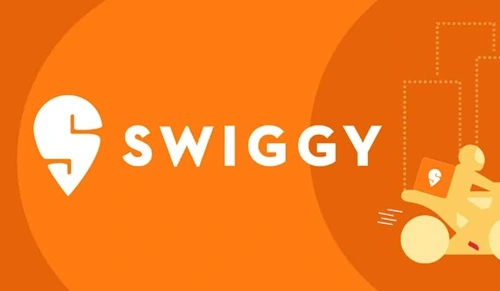Swiggy, established in 2014, has emerged as a dominant force in India’s online food delivery and quick commerce sectors. As of January 2025, the company has demonstrated significant growth and resilience in a highly competitive market. This SWOT analysis provides a comprehensive overview of Swiggy’s current position by examining its strengths, weaknesses, opportunities, and threats.
Strengths
1. Robust Market Position and Brand Recognition: Swiggy has solidified its presence across over 580 Indian cities, becoming synonymous with reliable and prompt food delivery services. This extensive reach has fostered strong brand loyalty among consumers.
2. Diverse Service Portfolio: Beyond food delivery, Swiggy has diversified its offerings to include Swiggy Instamart for quick grocery deliveries and Swiggy Genie for same-day parcel deliveries. This diversification caters to a broader customer base and enhances user engagement.
3. Technological Innovation: Swiggy’s user-friendly platform, powered by advanced algorithms and data analytics, ensures efficient order processing and delivery. Continuous technological investments have improved customer experience and operational efficiency.
4. Strong Financial Performance: In the fiscal year 2023-2024 (FY24), Swiggy reported a 36% increase in operating revenue, reaching ₹11,247 crore. Additionally, the company reduced its losses by 44% to ₹2,350 crore, indicating improved financial health and effective cost management.

Weaknesses
1. Profitability Challenges: Despite revenue growth, Swiggy has yet to achieve profitability. In Q2 FY25, the company reported a loss of ₹626 crore, slightly lower than the ₹657 crore loss in the same quarter the previous year. Achieving profitability remains a critical objective.
2. High Operational Costs: The expansion into quick commerce and maintaining a vast delivery network contribute to substantial operational expenses. Managing these costs while ensuring service quality is an ongoing challenge.
Dependence on Urban Markets: Swiggy’s primary operations are concentrated in urban and semi-urban areas. Limited penetration in rural regions restricts potential market expansion and revenue streams.
Opportunities
1. Expansion of Quick Commerce: The quick commerce sector in India is projected to exceed $6 billion in annual sales by the end of 2025. Swiggy’s Instamart, holding a 20-25% market share, is well-positioned to capitalize on this growth by expanding its product range and delivery capabilities.
2. Technological Advancements: Leveraging artificial intelligence and machine learning can enhance personalized customer experiences, optimize delivery routes, and improve demand forecasting, leading to increased efficiency and customer satisfaction.
3. Strategic Partnerships and Acquisitions: Collaborations with local businesses and strategic acquisitions can strengthen Swiggy’s market position, diversify its service offerings, and provide a competitive edge.
4. Rural Market Penetration: Expanding services to rural areas presents a significant growth opportunity. Tailoring offerings to meet the unique needs of these markets can drive user acquisition and revenue growth.
Threats
1. Intensifying Competition: Swiggy faces fierce competition from players like Zomato and emerging startups such as Zepto. This rivalry can lead to market share dilution and increased pressure on margins.
2. Regulatory Challenges: The food delivery and quick commerce sectors are subject to stringent regulations concerning food safety, labor laws, and data privacy. Compliance with evolving regulations requires continuous monitoring and adaptation.
3. Changing Consumer Preferences: A growing emphasis on health and wellness may shift consumer preferences towards home-cooked meals, potentially reducing demand for food delivery services. Adapting to these trends is essential to maintain relevance.
4. Economic Fluctuations: Economic downturns can impact consumer spending behavior, leading to reduced discretionary spending on services like food delivery. Such fluctuations pose risks to revenue stability.
Conclusion
As of January 2025, Swiggy stands as a formidable player in India’s food delivery and quick commerce industries. The company’s strengths, including a robust market position, diverse service offerings, technological innovation, and strong financial performance, provide a solid foundation for future growth. However, challenges such as achieving profitability, managing operational costs, and navigating intense competition require strategic focus. By leveraging opportunities in quick commerce expansion, technological advancements, strategic partnerships, and rural market penetration, Swiggy can continue to thrive in the dynamic Indian market.














